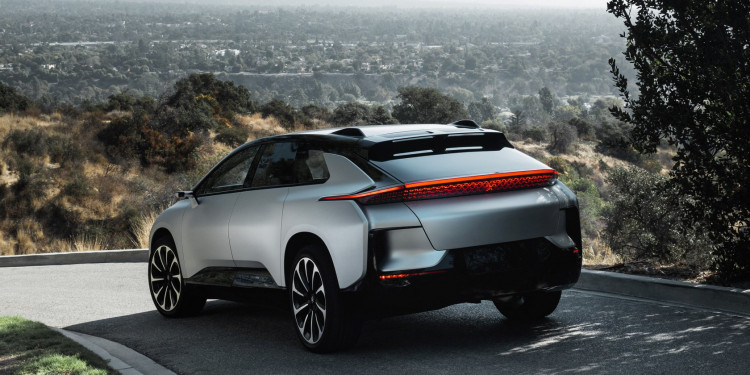Patrick De Potter, CEO of EVIAO Blockchain, said on Linkedin his company contacted Faraday Future to express their interest with investing $900 million in the electric vehicle startup over three years. The investment will be made with an indirect stock transfer offer, De Potter wrote. He added that EVAIO is now connected with Faraday Future's financial partner Stifel regarding the investment plan.
EVAIO is software that allows vehicles to trade Vehicle-generated data to blockchain automatically.
Potter highlighted that EVIAO has been following the products developed by Faraday Future and its FF91 is one of the company's favorites.
If both parties agree on the terms that may come with the planned investments, "Faraday Future may be able to obtain support from the crypto world in the next few years," the EVAIO CEO stated.
Potter's disclosure came in the same week that Faraday Future Nick Sampson resigned, citing the startup's insolvency in both financial and personal assets.
The information from Potter also emerged as Faraday Future announced some changes in its business strategy during its "Evolution Strategy Communication Meeting" at the Los Angeles headquarters on Nov. 12.
One key announcement made was that the startup now gained back the freedom to seek additional funding from different investors. The startup now laid out plans of targeting to generate $500 million in additional funding.
In line with this, Stifel Nicolaus & Company, and Miller Buckfire & Co. are in talks with suppliers to smooth out contracts needed to build Faraday Future's first car, the FF 91.
These developments are significant for the electric vehicle startup as it is coming from a controversy involving its attempt to cancel a $2 billion investment deal with one of its early investors, the Chinese healthcare company Evergrande Health Industry Group. The deal was supposed to give Evergrande a 45 percent ownership stake in Faraday Future. Evergrande paid $800 million as a form of initial payment.
The relations between the two parties, however, turned sour when Evergrande failed to fulfill its promise of further payments of $500 million of the remaining $1.2 billion. Faraday Future alleged that Evergrande had delayed the next tranches of payment to try to gain control and ownership over the startup. As the controversy happens, Evergrande prevented Faraday Future from accepting any form of financing from other entities.
This resulted in hundreds of layoffs and salary cuts within Faraday Future employees in the past months.
On Oct. 25, the Hong Kong International Arbitration Center ruled that Faraday Future could apply for an emergency relief against Evergrande and that the latter could no longer stop the startup from accepting funding from other platforms.
With this, Faraday Future also announced on Monday its intent to go public by 2020. Additionally, Faraday Future will instead be building its second vehicle, the FF 81, at its plant in the United States as opposed to the initial plan of building it in a facility in China.





